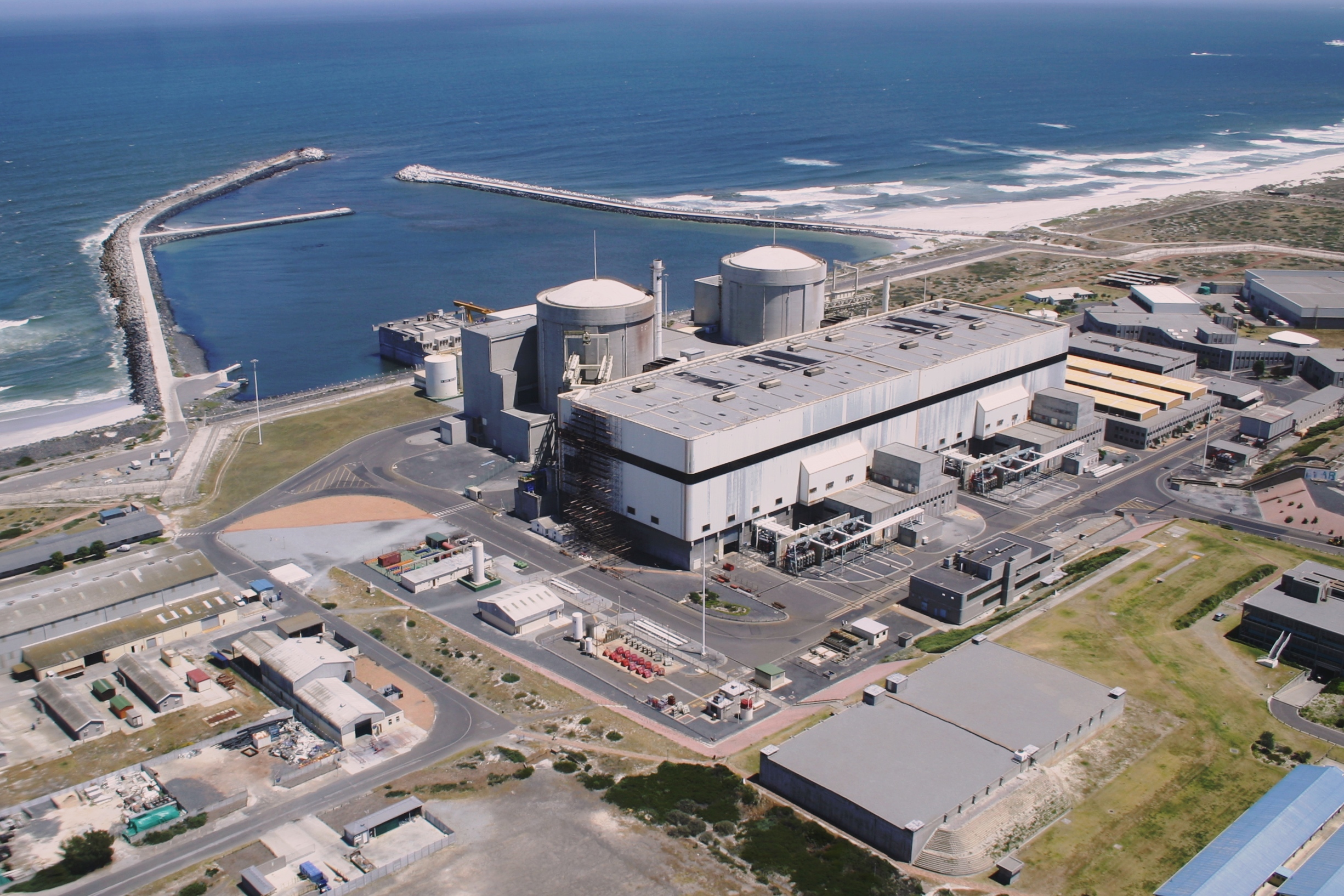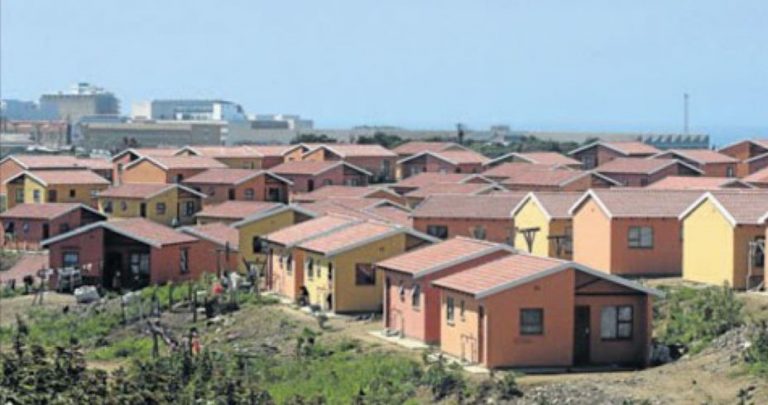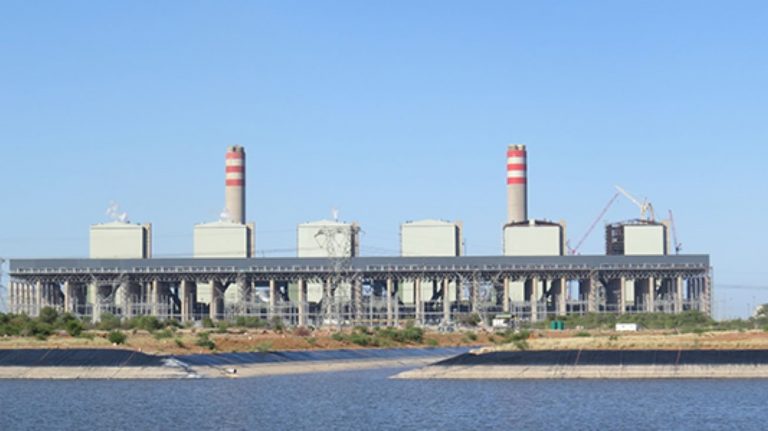Energy Availability Factor shows continued improvement, unplanned outages reduced by 2 302MW year-on-year, Koeberg Unit 2 licensed to deliver clean, reliable and affordable energy until 2045
Friday, 07 November 2025: Eskom’s power system continues to operate reliably, demonstrating the positive impact of the Generation Recovery Plan. The Energy Availability Factor (EAF)—which measures the percentage of time the generation fleet is available to produce electricity—stands at 71.50% month-to-date, up 7.46% from 64.04% last year, with a year-to-date figure of 63.29%. These figures demonstrate both recovery and sustained improvement in EAF performance, strengthening energy security and grid stability.
The higher EAF has significantly reduced reliance on diesel generation, as more cost-effective primary energy sources are available. Diesel expenditure for the past week was virtually zero (R0.00 million), compared to R10.49 million during the same period last year—underscoring the financial and operational benefits of improved generation availability.
Year-to-date, diesel expenditure remains consistently below budget.
On 9 November 2025, Koeberg Nuclear Power Station Unit 2 marks 40 years of safe nuclear operation, consistently delivering clean, affordable electricity and supporting South Africa’s economic growth. This milestone follows the National Nuclear Regulator’s approval yesterday, Thursday 6 November 2025, of a 20-year licence extension, enabling continued generation until 2045.
Currently supplying 946MW to the grid, Koeberg Unit 2 has maintained 100% EAF for 242 consecutive days—a testament to its reliability and performance. The extension, supported by rigorous safety assessments and upgrades under the Long-Term Operation (LTO) programme, reinforces Eskom’s commitment to secure clean baseload power for decades to come while avoiding costly replacements.
From 31 October to 6 November 2025, the average Unplanned Capacity Loss Factor (UCLF)— which measures the percentage of generation capacity lost due to unplanned outages—dropped below 20% to 16.57%, an improvement of 4.91 percentage points from 21.48% during the same period last year.
The average Planned Capacity Loss Factor (PCLF) for 31 October to 6 November 2025 stands at 11.65%, lower than the 14.00% recorded last year. This planned maintenance aligns with Eskom’s long-term maintenance schedule and ongoing efforts to enhance plant reliability and operational consistency.
Between 31 October and 6 November 2025, Eskom recorded an average of 7 961MW in unplanned outages—an improvement from 10 263MW during the same period last year. This year-on-year reduction of 2 302MW in breakdowns highlights the growing reliability and resilience of the generation fleet.
South Africa has now experienced 175 consecutive days without interrupted supply, with only 26 hours of loadshedding recorded in April and May during this financial year.
To ensure continued reliability, Eskom will return 3 890MW of generation capacity ahead of the evening peak on Monday, 10 November 2025, supporting a stable electricity supply throughout the week. Today’s evening peak demand is forecast at 23 989MW, with 27 979MW of available capacity.
Eskom published the Summer Outlook on 5 September 2025, covering the period 1 September 2025 to 31 March 2026, which projects no loadshedding due to sustained improvements in plant performance from the Generation Recovery Plan.
Key performance highlights
- Year-to-date, the UCLF further reduced to 24.92%, reflecting a week-on-week improvement of approximately 0.24% and remaining below last year’s 25.23%.
- Planned maintenance averaged 5 318MW, accounting for 11.33% of total generation capacity, similar to the previous week but 0.10% higher than the same period last year.
- The year-to-date EAF is steadily increasing, currently sitting at 63.29%, an increase from last year’s 63.05% in the same period as a result of reduced unplanned outages and additional capacity.
- Between 1 April and 6 November 2025, Eskom generated 1 023.67GWh from its OCGT plants, incurring diesel costs of R6.077 billion. This marks an increase from the 949.15GWh generated during the same period last year. Notably, diesel consumption has been steadily declining month-on-month since May, reaching just 0.75% load factor in October 2025.
- The year-to-date OCGT load factor decreased to 5.68%, a 0.19% improvement from the previous week, but remains slightly above the 5.27% recorded during the same period last year.
Progress toward ending load reduction
While system stability continues to improve, illegal connections and meter tampering remain a concern, damaging infrastructure and posing serious safety risks. Load reduction remains a temporary measure in high-risk areas to protect communities and infrastructure.
Eskom has begun a phased approach to eliminate load reduction, with the initiative set to continue until 2027. Approximately 1.69 million of Eskom’s 7.2 million customers—across 971 feeders primarily located in Gauteng, Limpopo, Mpumalanga, and KwaZulu-Natal—are expected to benefit from this programme.
Key interventions include:
- Expanding Free Basic Electricity to more households.
- Installing 577 000 smart meters by 2026, with full completion by 2027, to enhance demand management and grid stability.
- Deploying Distributed Energy Resources (DERs) to strengthen supply in high-demand and remote areas.
Eskom calls on communities to support these initiatives by reporting illegal connections, using electricity responsibly, and protecting infrastructure. Through technology, infrastructure upgrades, and public cooperation, Eskom is building a safer, smarter, and more reliable power system for all South Africans.
Any illegal activity affecting Eskom’s infrastructure can be reported to the Eskom Crime Line at 0800 112 722 or via WhatsApp at 081 333 3323.
Eskom will provide its next update on Friday, 14 November 2025, or communicate any significant developments as they occur.
ENDS







